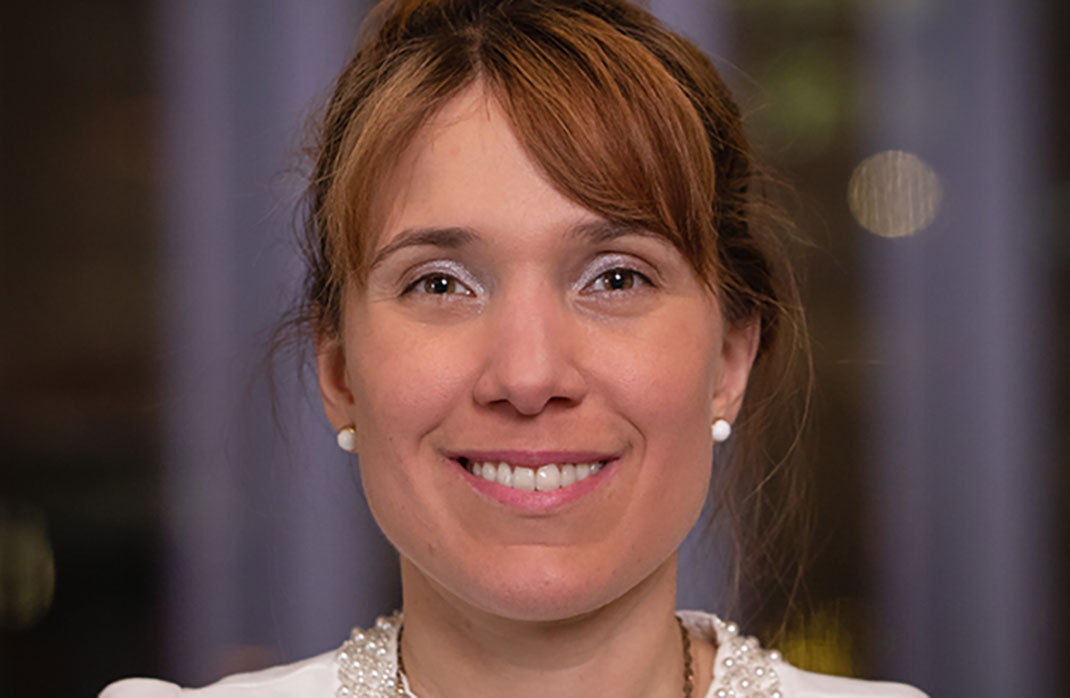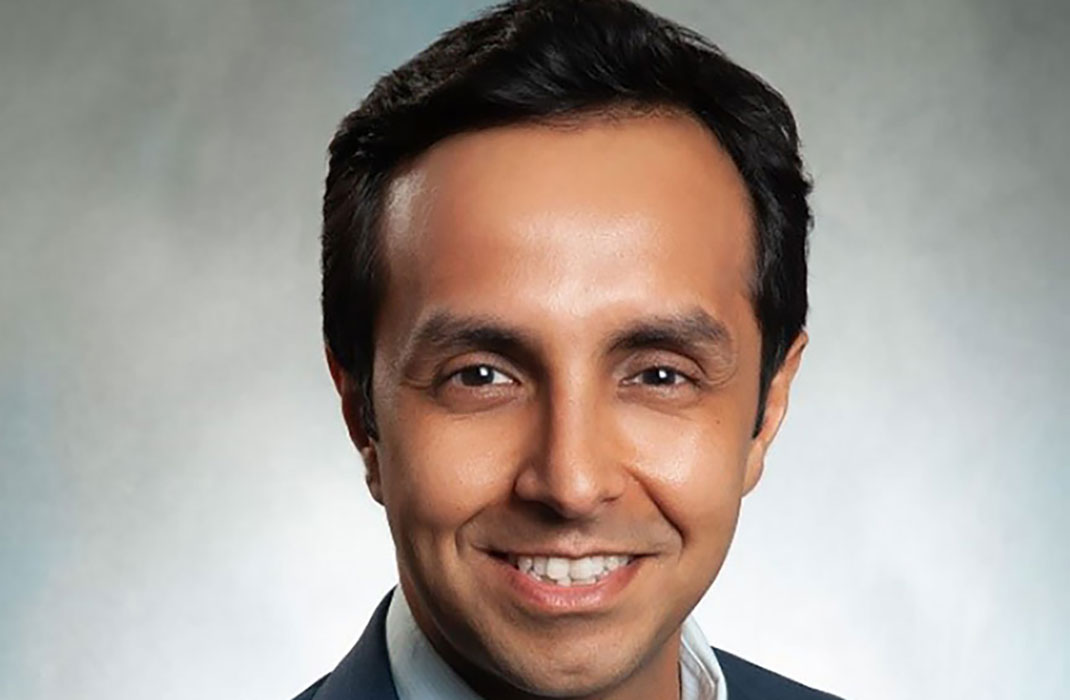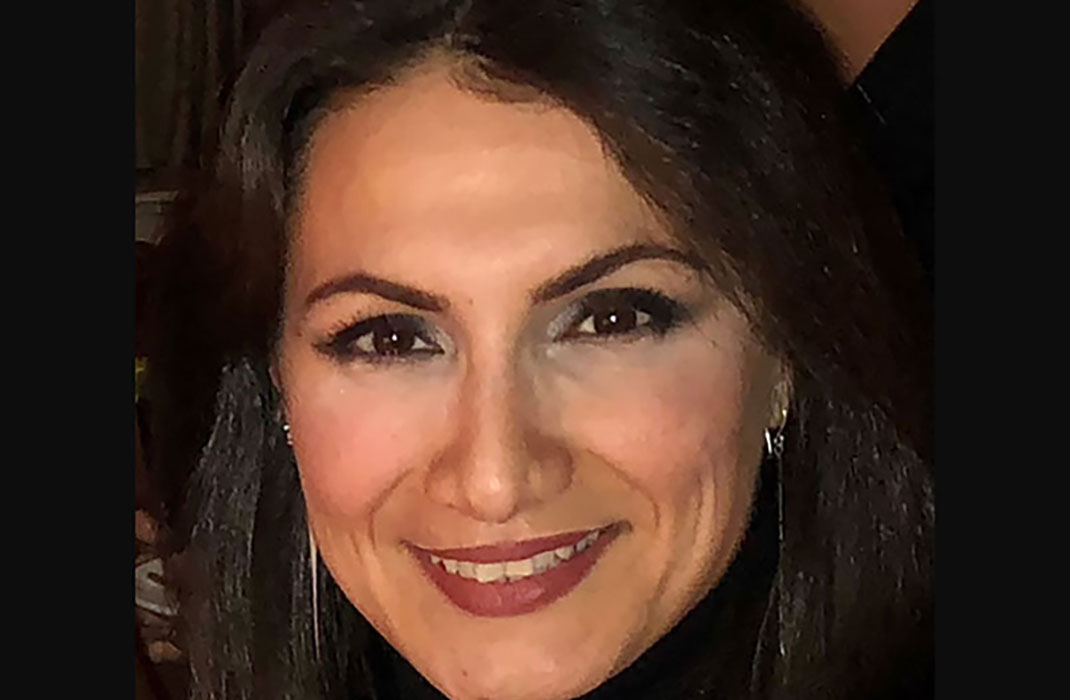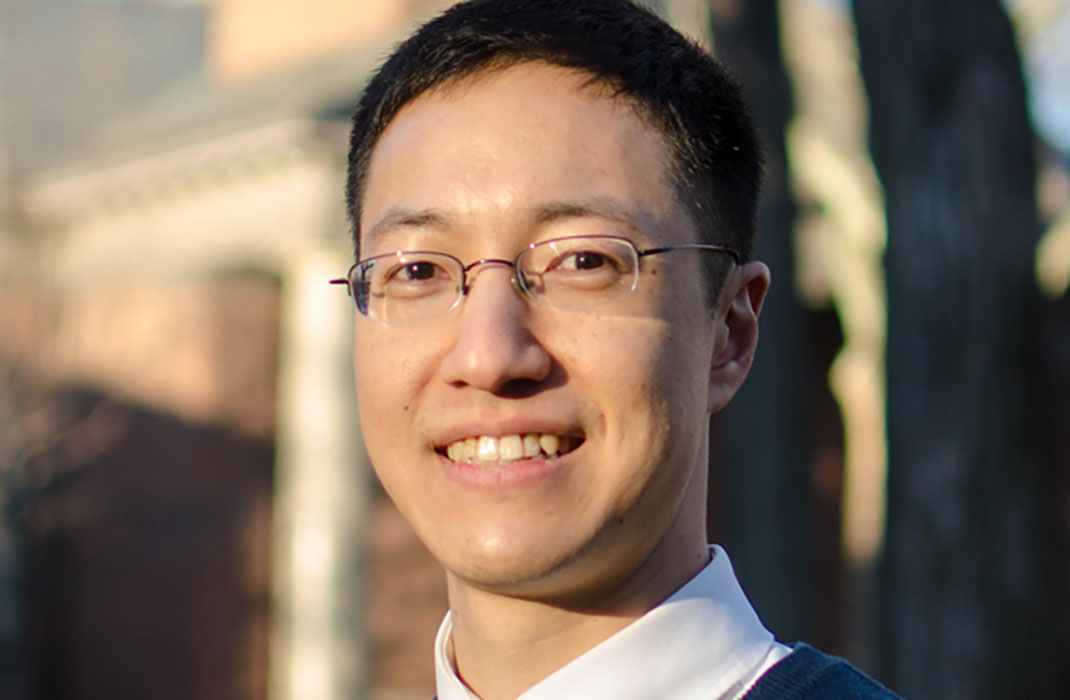-
- Find Care
-
- Visitor Information
- Find a Location
- Shuttles
- Visitor Policies
-
-
- Our Virtual Care Options
- Virtual Urgent Care
- Virtual Visits for Primary & Specialty Care
- Online Second Opinions
- Participate in Research
-
- Contact us
-
- For Innovators
- Commercialization Guide for Innovators
-
-
- Research News
- Alzheimer's Disease
- Artificial Intelligence
-
- Overview
-
- Overview
- Getting Started
- New to Mass General Brigham
- International Patient Services
- What Is Patient Gateway?
- Planning Your Visit
- Find a Doctor (opens link in new tab)
- Appointments
- Patient Resources
- Health & Wellness
- Flu, COVID-19, & RSV
- Billing & Insurance
- Financial Assistance
- Medicare and MassHealth ACOs
- Participate in Research
- Educational Resources
- Visitor Information
- Find a Location
- Shuttles
- Visitor Policies
- Find Care
-
- Overview
- Our Virtual Care Options
- Virtual Urgent Care
- Virtual Visits for Primary & Specialty Care
- Online Second Opinions
-
- Overview
- Participate in Research
-
- Overview
- About Innovation
- About
- Team
- News
- For Industry
- Venture Capital and Investments
- World Medical Innovation Forum (opens link in new tab)
- Featured Licensing Opportunities
- For Innovators
- Commercialization Guide for Innovators
- Contact us
-
- Overview
- Information for Researchers
- Compliance Office
- Research Cores
- Clinical Trials
- Advisory Services
- Featured Research
- Two Centuries of Breakthroughs
- Advances in Motion (opens link in new tab)
- Brigham on a Mission (opens link in new tab)
- Gene and Cell Therapy Institute
- Research News
- Alzheimer's Disease
- Artificial Intelligence
-
- Overview
-
- Overview
- Residency & fellowship programs
- Brigham and Women's Hospital
- Massachusetts General Hospital
- Mass Eye and Ear
- Newton-Wellesley Hospital
- Salem Hospital
- Integrated Mass General Brigham Programs
- Centers of Expertise
- Global & Community Health
- Health Policy & Management
- Healthcare Quality & Patient Safey
- Medical Education
- For trainees
- Prospective trainees
- Incoming trainees
- Current trainees
- Continuing Professional Development
Biogen Fellowship Confirms Burton’s Interest in Drug Development for Neuromuscular Diseases

The Mass General Brigham Innovation Fellows Program was established five years ago to provide short-term, experiential career development opportunities for future leaders in health care, focused on accelerating collaborative innovation between science and industry.
The program facilitates personnel exchanges between Harvard Medical School staff from Mass General Brigham hospitals and participating biopharmaceutical, device, venture capital, and digital health companies. To celebrate the fifth anniversary of the program, we spoke to five Innovation fellows (past and present) to learn more about their experiences.
This is 1 of 5 profiles on Innovation Fellows honoring the 5th anniversary of the Program’s launch. For more information about the program, please contact Cary Mazzone at innovationfellows@partners.org.
“It’s one thing to learn about the drug development process, but there’s something about actually doing the work that really helps it sink in,” says Leeann Brigham Burton, MD, a neuromuscular neurologist at Massachusetts General Hospital.
Burton, whose clinical practice is dedicated to patients with autoimmune neuromuscular diseases, such as myasthenia gravis, is more than half-way through a two-year 50% fellowship at Biogen as part of the Mass General Brigham Innovation Fellows Program.
She sought out the fellowship because she wanted a deeper background in drug development and clinical trial design for neuromuscular diseases.
“I was wrapping up my clinical fellowship and thinking about how to launch my research career and felt my training had not provided enough background in drug development and clinical trial design to be well equipped to do that in an academic setting,” she explains.
At Biogen, her role includes hands-on work with clinical development teams, as well as a six-month onboarding course where she learned about drug development in a more formal way.
She has contributed to clinical trial planning for a new therapeutic, including designing a natural history study to test novel clinical outcome measures. This work has given her an opportunity to think through the real-world scientific and logistical aspects of clinical trial design.
She has also collaborated with colleagues on the planning for other drugs in the neuromuscular portfolio—this includes filling in gaps on typical disease presentations, helping to explain what parts of the disease are most limiting or concerning from a clinical or patient perspective.
“Dr. Burton has been able to contribute significantly to the neuromuscular development unit during her fellowship. She has helped us design a natural history study to assess electrical activity in muscle using a novel device developed with external collaborators,” say Biogen’s Katy Meilleur, PhD, and Toby Ferguson, MD, PhD. “These measures may be incorporated into a future Phase 1 study and will hopefully help us determine if an investigational compound works as expected in the muscle of patients with neuromuscular disease.”
Burton says the experience has provided her with a much deeper and more nuanced understanding of the drug development process and key milestones along the way. This includes how to design clinical trials to answer a specific question and how to critically evaluate clinical endpoints.
It has also underscored the importance of teamwork. “Having sound science is critical, but there are many other elements that go into clinical development,” she says. “I didn’t realize how much successes depend on integrating the science with other functions throughout the company, including regulatory, manufacturing, and operations.”
The fellowship has also broadened her perspective on the treatment of neuromuscular diseases—from the individual to the population level.
“At the clinic, it is one patient at a time, but, in industry, it’s important to think about the larger disease space as a whole and how the clinical landscape would change with new therapies,” she says.
“There’s a huge need there, which I see regularly taking care of patients in my own clinic. Working to advance some of these newer therapies would be a powerful way to help patients.”
Related news
-

published on
-

published on
-

published on
-

published on